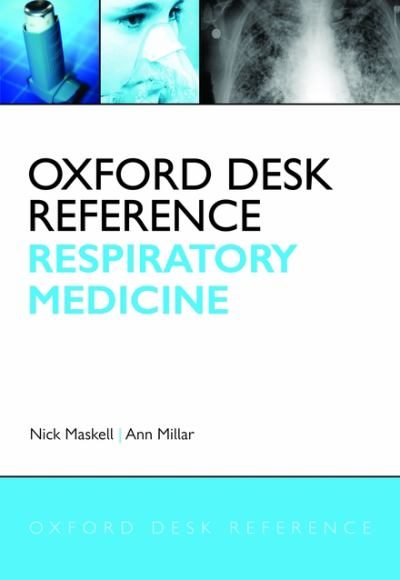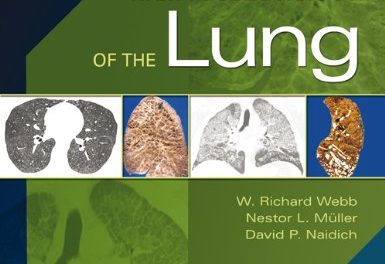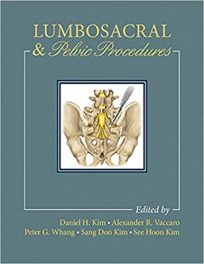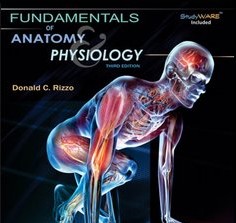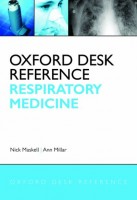 Editors: Nick Maskell and Ann Millar
Editors: Nick Maskell and Ann Millar
Publisher: Oxford University Press
Book Review by: Nano Khilnani
The topics in this book on the subject of respiratory medicine are self-contained so that you need not refer to a prior or different chapter in order to understand the contents of the present one. But a clear and thorough understanding of the basic elements in respiratory medicine is needed to absorb the materials on a given topic.
Like other desk reference works by Oxford, this one is excellent. The chapters are well organized and there are plenty of study aids to help you absorb the material covered in each one. Among the helpful boxes and illustrations accompanying the main text are charts, diagrams, drawings, graphs, photos within and outside the body (clear full-color and black-and-white ones), tables and x-rays.
The chapters provide you key points on the subject covered in them. Also provided are ‘Authors Tips’ in box forms that reflect their insight that comes only from experience in their specific fields of work in pulmonary-respiratory medicine.
The two editors of this book have pulled together a vast amount of data and knowledge and present it in a well laid-out form in each chapter so that you the medical professional can more easily “digest” the bits of information.
Nick Maskell, MD is a senior lecturer and a consultant physician in respiratory medicine at the North Bristol Lung Center at the University of Bristol in England. Ann Millar, MD is a professor of respiratory medicine in the same center.
Some 140 specialists in numerous aspects of respiratory medicine have contributed to this work that contains 18 chapters, namely:
- The healthy lung
- Respiratory physiology
- Clinical presentations
- Asthma
- Chronic obstructive pulmonary disease (COPD)
- Oxygen
- Diffuse parenchymal lung disease
- Infection
- The immunocompromised host
- Bronchiectasis
- Cystic fibrosis
- Pulmonary vascular problems / issues
- Lung cancer
- Pleural disease
- Sleep
- Occupation and environment
- Lung transplantation / intensive therapy unit
- Orphan lung disease / BOLD
The principal value of this book is its ease of use by busy professionals who need to rapidly refer to specific conditions, disorders or diseases that they encounter in the course of their work, and the available remedies.
The contributors are experts in their fields who provide you clear and comprehensive answers to your questions and solutions to the problems you encounter. This volume shows you how to investigate various conditions and get the information you need to make the right decisions.
Among the features in this book that add value to it are: a breakdown of the detailed contents of this book, and not just a simple table of contents; and a section on abbreviations used in respiratory medicine, so if you do not remember for example what CFRD stands for, you can look it up to find that it is ‘cystic fibrosis-related diabetes mellitus.’
An index at the end of the book helps you quickly go to the pages on a particular topic. And if you need more information, a list of books and other sources is provided for you at the end of each chapter.
The organization of material in each chapter includes steps to an analysis of the disorder that helps you determine the treatment.
For example, chapter 8 entitled Infection starts with this step-by-step process of looking at the available data and understanding the disorder, with the following headings:
- Epidemiology (related factors)
- Microbiology
- Diagnosis
- Differential Diagnosis
- Clinical features (then an Author’s Tip)
- Investigations (which include a chemical test, a microbiological test (followed by another Author’s Tip) and a radiological test.
The findings of the tests help you determine the next option to diagnosis and / or treatment. A list of sources for Further Reading is provided at the end of this chapter, as with all of them. This is not only a very handy, practical and easy-to-use book. It is, in my opinion, an essential tool in the practice of respiratory medicine.
The editors – Drs. Nick Maskell and Ann Millar – have done a very remarkable job of gathering so much information from the 140 contributors and woven it so well together with all the graphic aids. You will benefit immensely by using it.

